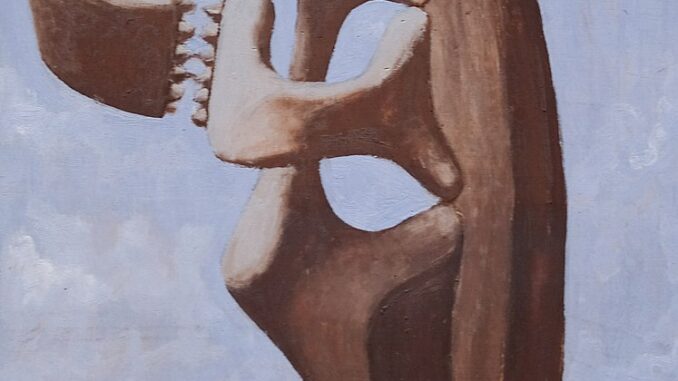
Some things in life are so common as to be constants. The image of the “starving artist” is one. Another is the notion that the value of an artist’s paintings only start to rise significantly after the artist is dead.
Pablo Picasso, one of the most famous artists in world history, bucked the second trend. When he died in the early 1970s, his estate was valued between $100 and $250 million. That’s considerable wealth, and that was in the dollars of the day, where a high-end sedan often cost less than $5000. Today, he’d be worth somewhere between a half and over a full billion.
Not bad for a profession known for its poverty rate.
Still, he was occasionally known to produce doodles and sketches for people with whom he’d engage in conversation. That may have been because of his humble beginnings; while he was a child art prodigy, his family was hardly independently wealthy.
He fell victim to the first stereotype, that of the starving artist, when he first moved to Paris. There, he struck a friendship with the journalist and poet Max Jacob. The two rented an apartment together, taking advantage of their comparative night owl / morning person tendencies to purchase only a single bed for use between the pair. Still, as neither poetry nor art was particularly lucrative, many of his early works are long gone… consigned to the fire to keep the room warm over the cold Parisian winters.
Years passed. Picasso gained fame. He acquired some wealth – only a fraction of what he would come to possess. He made friends.
One of those friends was a writer named Guillaume Apollinaire. In 1907, one of Apollinaire’s former secretaries approached Picasso with the opportunity to buy some beautiful sculptures, and Picasso bought them. Four years later, Apollinaire himself purchased another small sculpture.
Only after the purchases were they to learn the pieces had been stolen from the Louvre. This was a concern, but not a dramatic one; they were fairly minor items. Both Picasso and Apollinaire decided to keep their ill-gotten gains. Unfortunately for the pair a more famous artwork was stolen in 1911, drawing considerable police attention to thefts from the museum. The piece in question: the Mona Lisa.
When that was stolen, Apollinaire’s secretary, Gery Pieret, came forth. He identified himself as a former thief from the Louvre, hoping to get a reward for information about stolen artworks.
He was not successful in procuring cash, but he did focus police attention on his associates.
Picasso and his friend considered destroying their sculptures to cover their tracks, but couldn’t bring themselves to commit the act. Instead, the friend turned them over to a newspaper, on condition of anonymity. The gambit failed. The police discovered who the people were behind the return of the sculptures and brought the pair before the court.
Newspapers around the world trumpeted that the famed artist was a prime suspect in the case. And while it didn’t take long for investigators to determine that Picasso had not, in fact, stolen the Mona Lisa, it wasn’t until two years later when Italian artist Vincenzo Peruggia was conclusively identified as the thief that Picasso’s name was fully cleared.
Question of the night: What is a piece of artwork you own?
